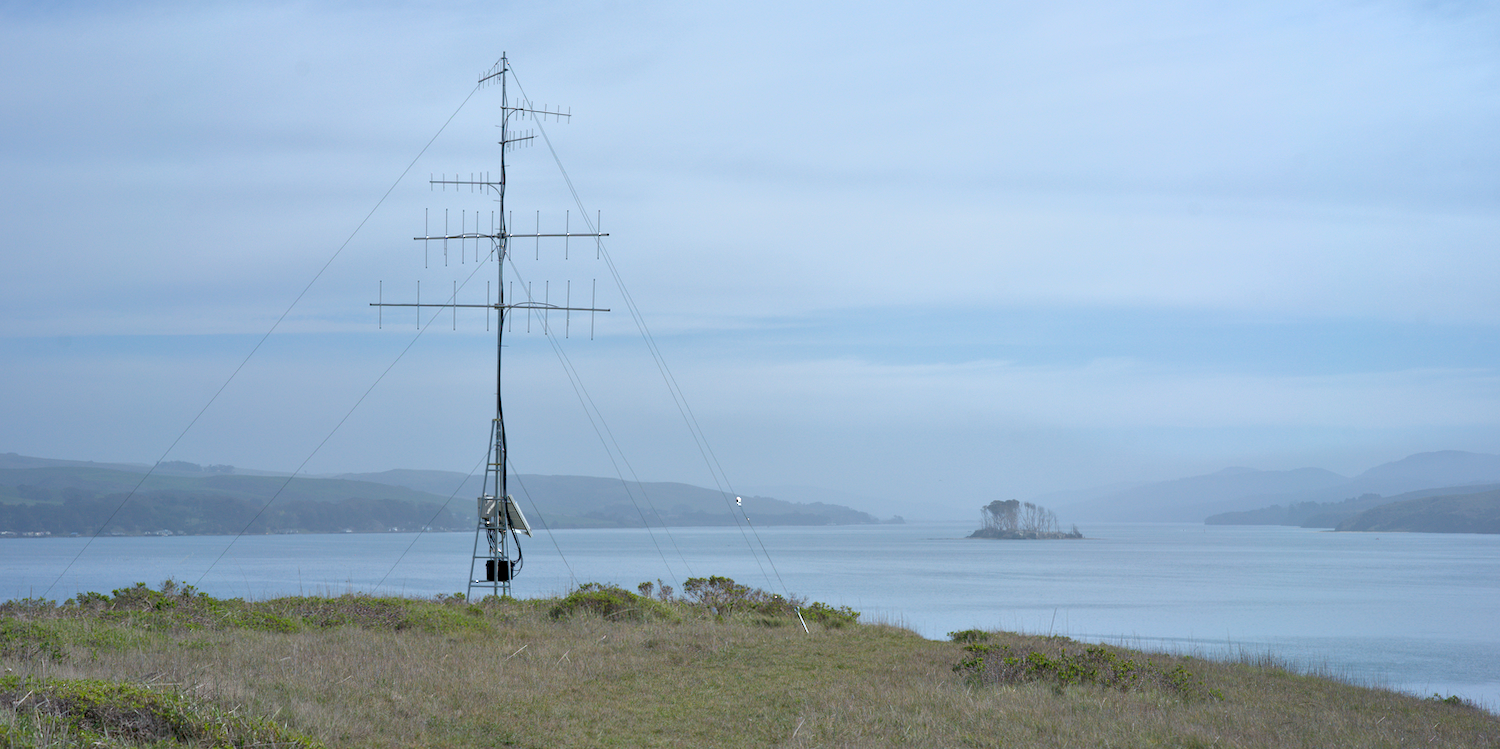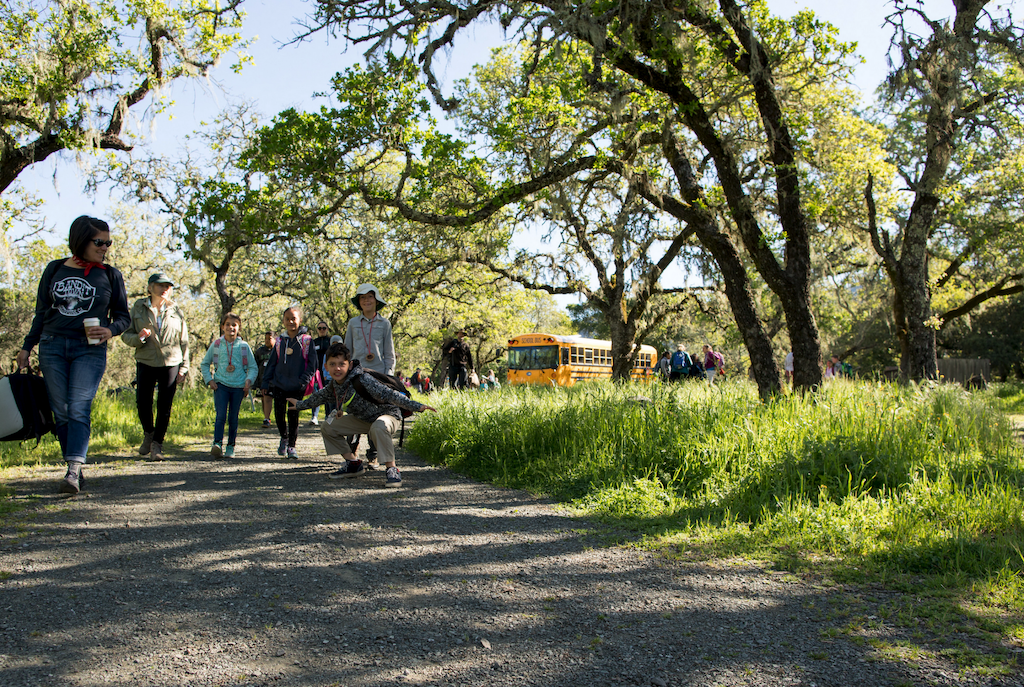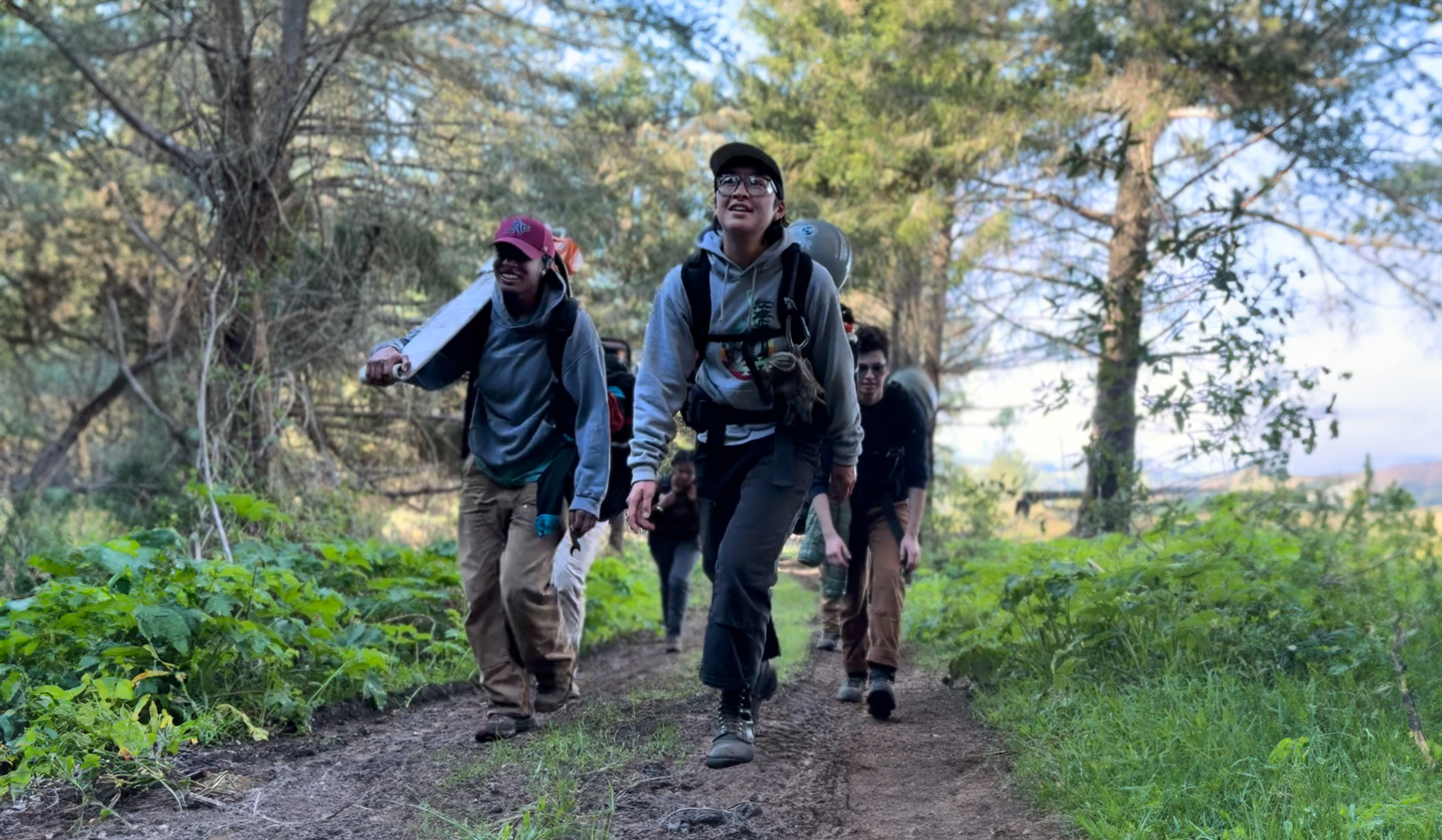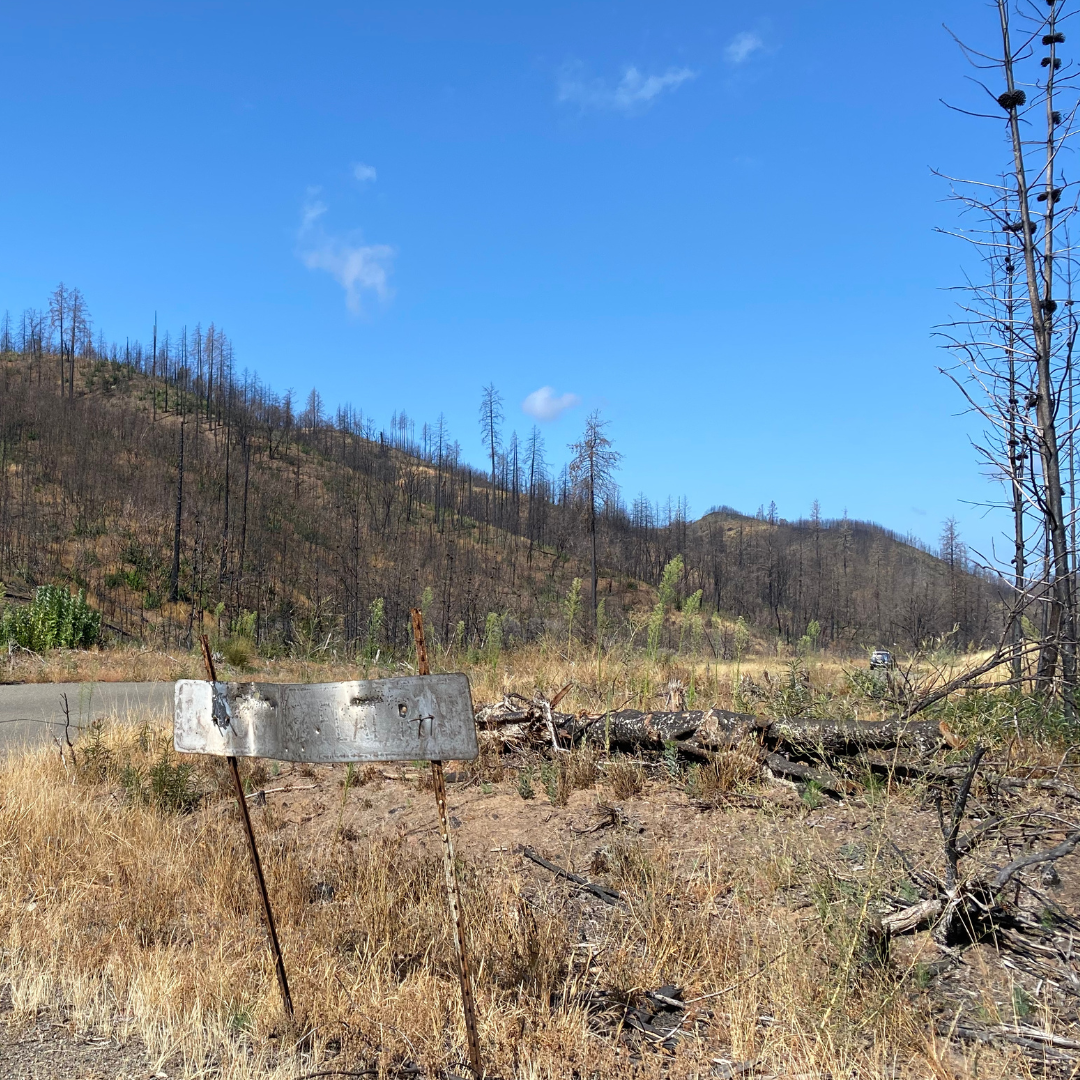While the pandemic has raged, thanks to generous grants from the Marin Wildlife Commission and an ACR donor, ACR science staff have been busy this winter acquiring the equipment needed to set up two remote telemetry receiving stations (known as Motus stations) on Tomales Bay to aid in our efforts to better understand the movement ecology of our local bird populations as well as other wildlife.
Tracking wildlife: weighing the options
Historically, biologists use a couple of proven technologies to track the movements of birds and other wildlife: radio telemetry/VHF or satellite/GPS tags.
Very high frequency (VHF) tags emit a low power signal at a specific frequency that the biologist listens for using a portable receiver and an antenna. These tags, especially small ones, may only transmit up to 1.25 miles so tracking animals that move large distances requires either an array of people listening on the ground or taking to the air to follow animals. The advantage of these tags is that they can be small enough to put on insects like dragonflies.

The other prominent tracking method, satellite/GPS tags, have large batteries to power a signal up to space where orbiting satellites can pick up the signals and convey the animals’ locations. This is a great system for researchers who are tracking large animals like mountain lions from a distance but the size of these satellite tags is generally too large for tracking smaller birds that weigh under four ounces.

Building a better VHF model
Enter the Motus Wildlife Tracking System, a community science effort organized by an international network of researchers who often track very small organisms that cannot handle larger satellite tags. This system pairs VHF technology with a network of receiving stations that automatically scan for any animals tagged with specific VHF frequency transmitters that come within range of the receiver.

Data are centrally managed at the Birds Canada National Data Centre so, for example, if a bird that ACR tags is picked up by a Motus station somewhere else (e.g. Mexico or Canada), ACR is notified. Vice versa, if one of the ACR receiving stations picks up an animal using Motus frequencies that we did not tag, our system will transfer those data to the Birds Canada data hub.
The collaborative approach to radio/VHF telemetry has resulted in one of the world’s largest wildlife tracking datasets, a critical tool for researchers. To date, researchers have tracked more than 25,000 individual birds and wildlife using Motus tags.

Expanding the reach of Motus along the West Coast
The East Coast of North America has a well-developed array of Motus receiving stations but here on the West Coast, the network is still being built—there are fewer than ten coastal stations between Victoria, BC and Baja California. That makes ACR even more excited to announce that we now have two functioning receiving stations set up on Tomales Bay, a major migratory stopover area for many bird species.
ACR’s focus on movement ecology
Over the past few years, ACR science staff have been working with the Canadian Wildlife Service tagging and tracking the northward migration of Western Sandpipers. The focus of this project is to get better migration and habitat use information on Western Sandpipers when they stop in British Columbia on their way to Alaskan breeding grounds. This project has used Motus tags for the tracking.
Additionally, ACR has begun to explore using these automated tracking stations to help us better understand how Dunlin (a declining species on Tomales Bay, as is the Western Sandpiper) use Tomales Bay in the winter.
Using technology to help us better understand how wildlife moves in and around ACR preserves is not new (think Living with Lions project or our Great Egret telemetry project) but this project moves us further in the direction of using our lands to help understand the ecology of even smaller organisms as they transit the central coast of California.
Learn more about the Motus community effort at motus.org.
Learn more about our wildlife movement studies:




